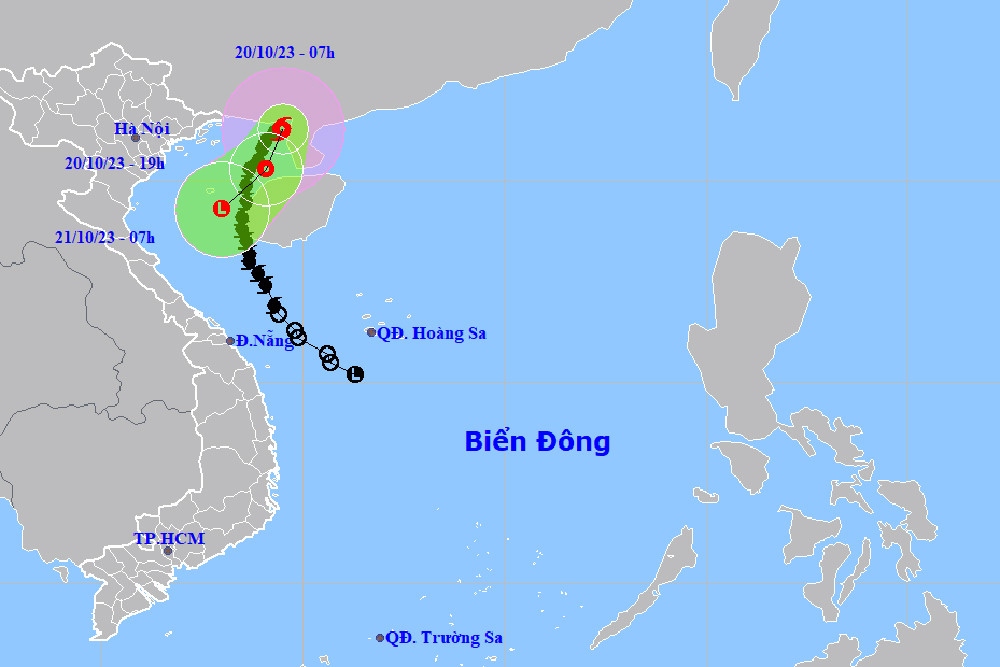Cold snap hitting northern Vietnam, storm Sanba changing course
VOV.VN - A cold air wave is moving closer to northern border provinces of Vietnam while tropical storm Sanba is changing its course and is likely to lose strength into a tropical depression.

The cold spell, according to the National Centre for Hydro-Meteorological Forecasting, is to strike northeastern localities on October 20 afternoon before sweeping across the north-central and north-western localities shortly afterwards.
The cold air wave will send temperatures tumbling to 20-23°C in the plains and 18-21°C in the highlands.
When the cold snap moves further inland, temperatures will continue to drop by 2-3°C degrees, even to 14°C in mountainous areas.
Meanwhile, tropical storm Sanba, the fifth in the East Sea, is likely to change its course in the coming hours.
At 7am on October 20, Sanba was moving northeast along the northern coast of Vietnam, packing winds of between 62-74kph near its centre.

In the next 12 hours, the storm is forecast to change its course towards south and southwest at a speed of 5-10kph and weaken into a tropical depression in the southern part of the Gulf of Tonkin.
Earlier, Sanba was anticipated to make a U-turn due to the coming arrival of the cold air wave.
The cold snap will interact with the storm to bring heavy rain and cause rough seas in the northern region of Vietnam.

